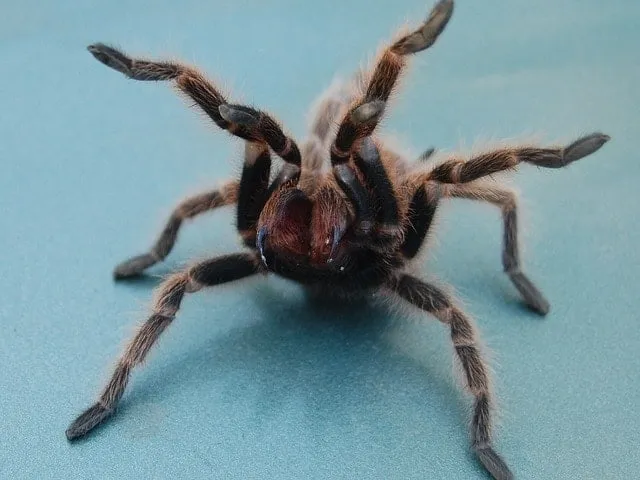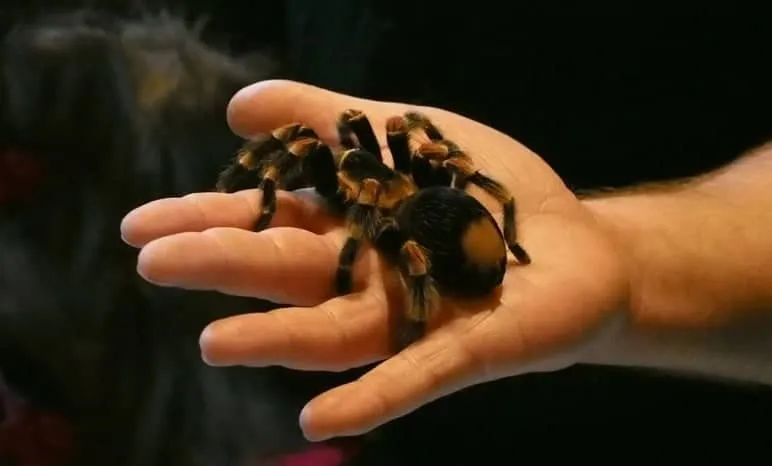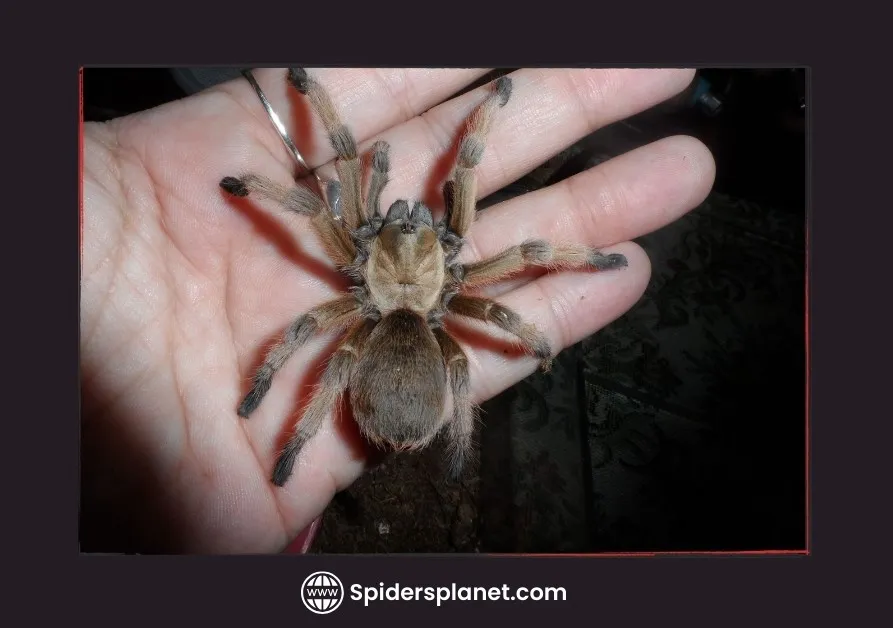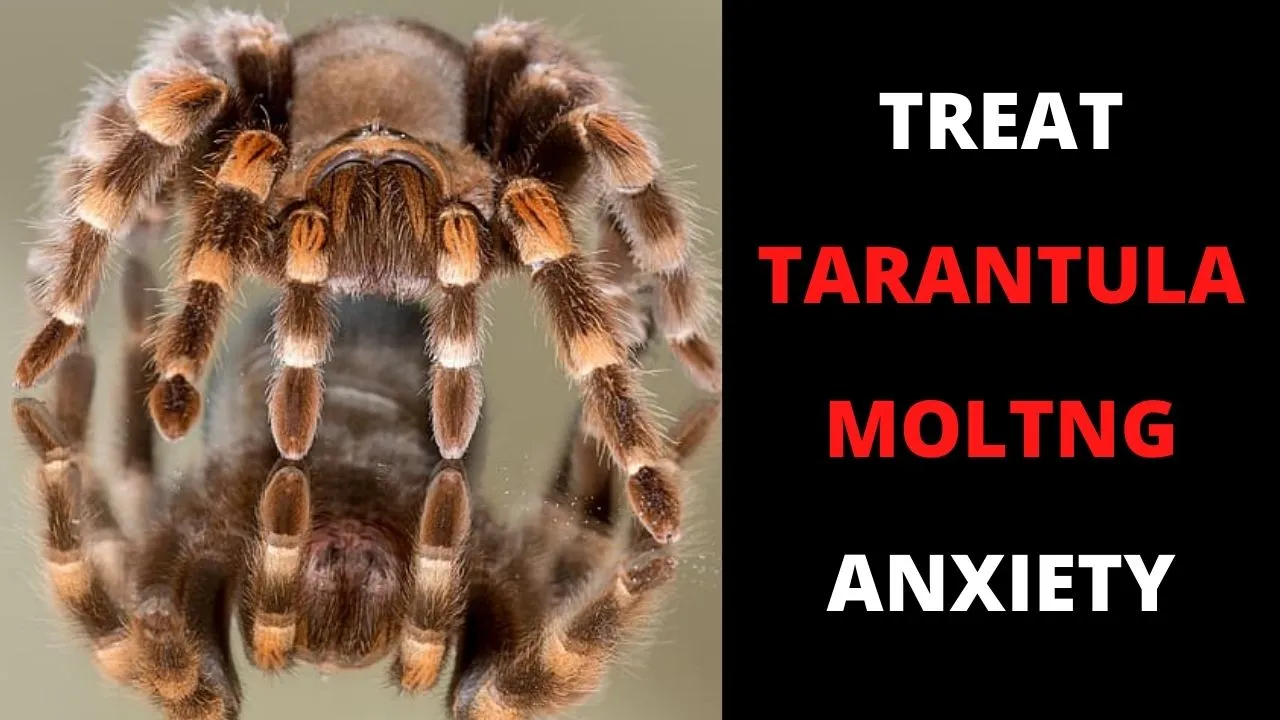Tarantula Care Guide Quick Tips
Caring for a tarantula can be a rewarding experience, offering a fascinating glimpse into the world of these captivating arachnids. However, it’s essential to approach tarantula care with knowledge and responsibility. This guide provides quick tips to ensure your tarantula thrives. From choosing the right species to setting up its habitat, feeding it properly, and handling it safely, you’ll discover the essential aspects of tarantula care. Keeping a tarantula requires dedication, but with the right information, you can provide a fulfilling life for your eight-legged friend. Remember, each tarantula species has unique needs, so research is key to providing optimal care for your specific pet.
Choosing the Right Tarantula
Selecting the right tarantula is the first and one of the most critical steps in responsible pet ownership. Consider your experience level and the specific needs of different species. Some tarantulas are better suited for beginners due to their temperament and care requirements. Researching various species will help you make an informed decision, ensuring that you choose a tarantula that aligns with your ability to provide the appropriate care. Remember, the more information you have, the better equipped you are to ensure your tarantula’s well-being.
Consider Tarantula Temperament

A tarantula’s temperament plays a crucial role in your handling experience and overall safety. Some species are known for being docile and calm, while others may be more defensive and prone to biting or flicking urticating hairs. Researching the temperament of potential tarantula species is essential. Consider species known for being more docile, such as the Chilean rose hair tarantula (Grammostola rosea) or the curly hair tarantula (Tliltocatl albopilosus), for beginners. Always approach handling with caution and respect the individual tarantula’s personality, even within the same species.
Researching Species
Before acquiring a tarantula, thoroughly research the specific species you’re interested in. Look for information on their natural habitat, lifespan, size, dietary requirements, and specific care needs. Online resources, books, and experienced keepers can provide valuable insights. This research will empower you to create an appropriate enclosure, provide proper nutrition, and understand the behaviors and potential health issues of your chosen tarantula. Understanding the specific needs of your tarantula will contribute significantly to its well-being.
Setting Up the Perfect Tarantula Habitat
Creating the perfect habitat for your tarantula is essential for its health and happiness. The enclosure should mimic the tarantula’s natural environment, providing a secure and comfortable living space. Consider the size and type of enclosure, the appropriate substrate, and the addition of shelters and decorations. This will not only provide the basic necessities for survival but also allow your tarantula to express its natural behaviors. A well-designed habitat reduces stress and enhances your pet’s quality of life.
Enclosure Size and Type

The enclosure size depends on the tarantula’s size and species. Generally, a tarantula should have enough space to move around comfortably. For terrestrial species, a wider enclosure is usually preferable. Arboreal species need more vertical space for climbing. Ensure the enclosure is escape-proof, with a secure lid. Acrylic or glass tanks are common choices. Avoid enclosures with sharp edges or features that could injure your tarantula. The enclosure should provide proper ventilation to prevent the buildup of humidity and allow for airflow.
Substrate Selection
The substrate serves as the bedding for your tarantula, providing a surface for burrowing, maintaining humidity, and absorbing waste. The ideal substrate depends on the species. For terrestrial species, a mixture of coco coir, peat moss, and sphagnum moss is often used. Arboreal species may benefit from a substrate that allows them to climb and burrow to some extent. The substrate should be deep enough for the tarantula to burrow if it chooses, generally at least a few inches. Regularly replace the substrate to maintain cleanliness and prevent the growth of mold or bacteria. Consider a substrate that holds moisture well, contributing to humidity levels.
Providing Shelter and Decor
Tarantulas need shelter to feel safe and secure. Provide a hide, such as a piece of cork bark, a half log, or a commercially available hide. This allows the tarantula to retreat and feel secure. Other decorations, such as fake plants or branches, can enhance the habitat and provide climbing opportunities for arboreal species. Avoid any decorations with sharp edges or that could potentially trap the tarantula. Ensure decorations are non-toxic. These elements will enhance the aesthetic appeal of the enclosure while providing enrichment for your tarantula.
Maintaining Proper Temperature and Humidity

Temperature and humidity are critical for tarantula health and well-being. Most tarantulas thrive in a moderate temperature range and require specific humidity levels to thrive. Monitoring these parameters regularly is key to providing a suitable environment for your tarantula. Incorrect conditions can lead to health problems and affect the molting process. By maintaining the proper temperature and humidity, you’ll create a thriving and healthy habitat for your pet.
Heating Your Tarantula’s Enclosure
The ideal temperature varies by species, but most tarantulas prefer temperatures between 70-85°F (21-29°C). Use a heat mat or a ceramic heat emitter placed on the side of the enclosure, not directly underneath. Always use a thermostat to regulate the temperature and prevent overheating. Avoid using heat lamps, which can dry out the enclosure and can be a burn hazard. Regularly check the temperature with a thermometer to ensure it stays within the recommended range. Proper heating is essential for tarantula metabolism and overall health.
Monitoring Humidity Levels
Humidity levels are crucial for tarantula health, particularly during molting. The ideal humidity range varies by species; research the specific needs of your tarantula. Use a hygrometer to monitor humidity. To increase humidity, lightly mist the enclosure with dechlorinated water or add more substrate. Provide a shallow water dish for drinking and to help maintain humidity. Avoid over-misting, which can lead to mold growth. Ensuring the correct humidity levels helps maintain the tarantula’s health and facilitates successful molting.
Feeding Your Tarantula

Providing proper nutrition is essential for your tarantula’s health and growth. Tarantulas are carnivores and require a diet of insects, such as crickets, roaches, and mealworms. The size of the food items should be appropriate for the tarantula’s size. Avoid feeding insects that have been exposed to pesticides or insecticides. Provide fresh, clean water at all times. A well-nourished tarantula is less susceptible to health problems and will thrive in captivity.
Choosing the Right Food
The primary food source for tarantulas is live insects. Crickets, dubia roaches, mealworms, and superworms are common choices. The size of the food should be roughly the same size as the tarantula’s abdomen or a little less. Feed your tarantula insects that have been gut-loaded, meaning they have been fed nutritious food. This enhances the nutritional value for your tarantula. Avoid feeding insects that are too large, as they may injure the tarantula during feeding. Varying the diet with different insect species is also a good practice.
Feeding Frequency
Feeding frequency depends on the tarantula’s age and size. Spiderlings should be fed more frequently, typically every other day. Adults can be fed less frequently, usually once a week or every other week. Observe your tarantula’s feeding habits. A tarantula that is about to molt will often refuse food. Remove any uneaten food items within 24 hours to prevent the growth of mold or mites. Adjust the feeding schedule based on the tarantula’s appetite and overall health.
Watering Your Tarantula

Providing fresh water is just as crucial as feeding your tarantula. They need a source of hydration to stay healthy and facilitate the molting process. Clean water is essential, and the method of providing water will vary depending on the tarantula’s size and the species. The goal is to ensure your pet has access to clean water at all times, contributing to its overall well-being.
Providing Fresh Water
Always provide your tarantula with a shallow dish of fresh, clean water. For smaller tarantulas, you can use a water dish with a small sponge or cotton ball to prevent drowning. Regularly clean and refill the water dish to prevent the growth of bacteria and algae. The water should be dechlorinated to avoid harming the tarantula. Ensure the water dish is stable and not easily tipped over. Clean water is essential for tarantula hydration and contributes to its overall health.
Watering Frequency
Refill the water dish as needed to ensure it is always full. In addition to a water dish, you can also mist the enclosure with dechlorinated water, especially to increase humidity. The frequency of misting depends on the species and the enclosure’s humidity levels. Avoid over-misting, which can lead to mold growth. Regularly check the water dish and the enclosure’s humidity level to maintain the proper balance.
Handling and Safety

Handling a tarantula should always be approached with caution and respect. While some species are more docile than others, it’s important to prioritize your safety and the tarantula’s well-being. Handling should be done only when necessary and should follow proper handling techniques. Always wash your hands thoroughly before and after handling your tarantula. Proper handling techniques will minimize the risk of being bitten or having urticating hairs flicked at you.
When to Handle
Handling should be minimized, as it can stress the tarantula. Only handle your tarantula if necessary, such as for health checks or enclosure maintenance. If you must handle your tarantula, do so in a secure location, such as close to the ground or over a soft surface, in case it falls. Never handle a tarantula that is about to molt, as they are particularly vulnerable during this period. Observe the tarantula’s behavior. If it appears stressed or defensive, it is best to leave it alone.
Proper Handling Techniques
If you choose to handle your tarantula, gently encourage it onto your hand, allowing it to walk on its own. Avoid grabbing or startling the tarantula. Support the tarantula with both hands, allowing it to move freely. Avoid placing your hand in front of the tarantula’s fangs. Be aware of urticating hairs and avoid rubbing or touching the tarantula’s abdomen. Always be calm and move slowly. After handling, wash your hands thoroughly with soap and water.
Health and Wellness
Tarantulas, like all living creatures, are susceptible to health problems. Recognizing the signs of illness and taking preventative measures are essential for ensuring your pet’s long-term health and well-being. Understanding the basics of tarantula health will enable you to provide the best care and address any issues promptly. Regular observation and prompt action can make a significant difference in your pet’s health and longevity.
Recognizing Common Health Issues
Be aware of common health issues, such as mites, fungal infections, and parasites. Look for signs of illness, such as lethargy, loss of appetite, unusual behavior, or physical abnormalities. Check for mites, which can often be seen as tiny moving specks on the tarantula or in the enclosure. Inspect the tarantula’s abdomen for any swelling or discoloration. If you notice any signs of illness, consult with a veterinarian or experienced tarantula keeper immediately. Early detection and treatment are crucial for ensuring your tarantula’s recovery.
Preventative Care
Preventative care is key to keeping your tarantula healthy. Maintain a clean and well-maintained enclosure. Regularly replace the substrate and clean the water dish. Provide a balanced diet and fresh water. Quarantine new tarantulas before introducing them to your collection. Wash your hands thoroughly before and after handling the tarantula or interacting with the enclosure. Proper care and attention to detail will reduce the risk of health problems and ensure your tarantula’s long, healthy life.
